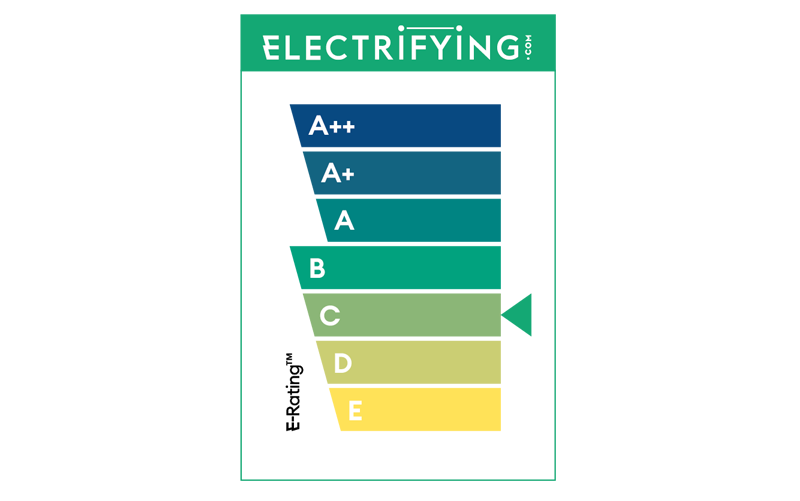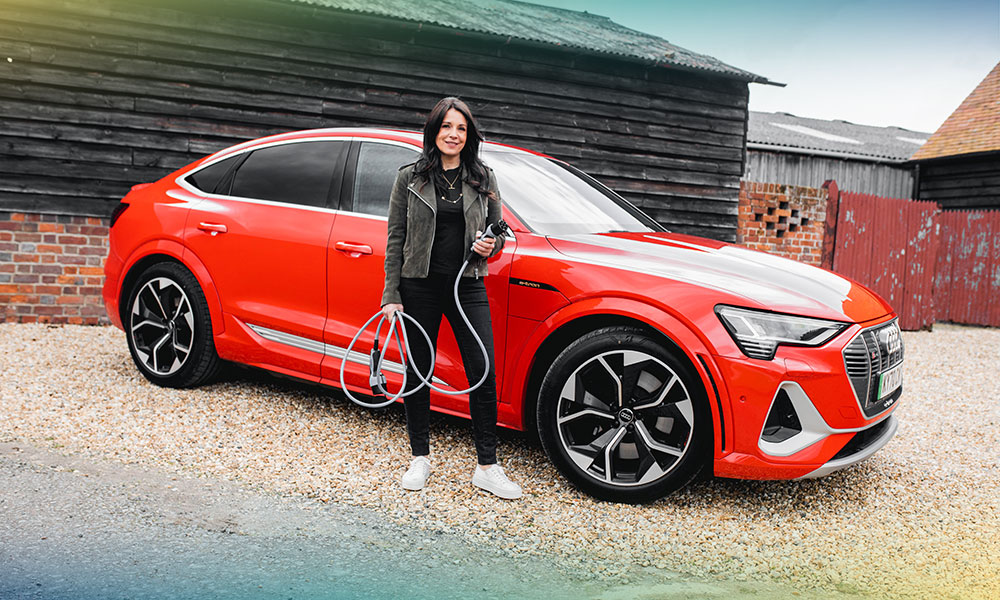With zero emission zone restrictions looming, suddenly there has been a flurry of electric van activity. The Transit PHEV combines an electric motor and small battery with a 1-litre engine, meaning it can drive for 26 miles on electric only and then switch to petrol power. The taxi-based LEVC VN5 can do a more impressive 60 miles on the battery before a petrol motor kicks in, but you’ll pay for it with a higher purchase price.
But the average van does 20,000 miles a year - Which is where the Vauxhall Vivaro e comes in. Together with the almost-identical vans from sister brands Peugeot and Citroen, it offers a sensible range between charges, reasonable prices and a decent payload.
The cheapest version, with a short wheelbase and a 50kW battery, offers 144 miles of electric range, even with 1⁄2 a payload on board. The larger 75kW battery offers 205 miles of range. With an average annual van mileage of 20,000 miles, both battery sizes can easily cope with the daily weekday mileage of 76 miles.
These official range figures are calculated by scientists in lab coats, but the real range will depend hugely on how and where you drive. Even the weather makes a difference. We tried the 75kWh version and after a lot of unladen motorway and country lane driving in autumnal rain it was averaging about 2.5 miles for every kilowatt of energy, giving a range of about 180 miles. That's not actually hugely efficient for an electric vehicle (heavy, big-wheeled cars like the Audi e-tron return about the same). Drive in town though and this will increase substantially, as electric vehicles love stop-start traffic.
While it’s easy to drive 200 miles on a motorway trip, you’d struggle to do that distance in a town during a working day. Once you clock off and it’s time to charge, you can ‘fill up’ the Vivaro using a 7.4kW AC or 100kW DC rapid chargers. If you have a three-phase feed (which is common in commercial properties) then an 11kW on-board charger is an option.
All this wouldn’t be much good unless the Vivaro can carry the goods. Luckily, the electric version has exactly the same load volume as the internal combustion engined Vivaros, with a payload of between 987 and 1,226kg depending on the battery and body type. Load volume depends on length of the van you order and if you want seats in the back too, but reckon on 5.2 m3 for the L1 version and up to 6m3 for the longer wheelbase model. For comparison, a Transit Custom PHEV offers 6m3 and a LEVC VN5 is 5.5 m3. Uniquely for an all-electric van, the Vivaro-e is capable of towing up to one tonne too – although this is less than the diesel version and we wouldn’t suggest it’s something you’d want to do regularly or it will kill the range.
While the costs and carrying capacity tend to be the key deciders for LCV purchases, the way the Vivaro drives should please the owner as much as their accountant. The refinement and ease of use will be a revelation to anyone who is used to a diesel with a manual gearbox – especially in town traffic.
There are no gears or clutch of course – you use a switch to select drive or reverse and head off. There’s also a ‘B’ switch to add extra regen braking effort. The Vivaro is never what you’d call fun, but it has enough grunt to keep up with a diesel, especially at lower speeds. A half load hardly seems to blunt the sense of acceleration either.
The cabin is comfy too, although the bulkhead does limit the space available for drivers with longer legs. As there’s no view out of the back we’d recommend the Elite version if you can afford it, as the rear view camera and blind spot warning make a big difference when there is a lot of van behind you.
It all means that the Vivaro and its sisters seem like game changers to us. With competitive pricing, decent carrying capacity, a longer range and a far nicer driving experience than the diesel it will suddenly make enormous sense for many businesses to swap to electric vans. That should make us all breathe a little easier.




















